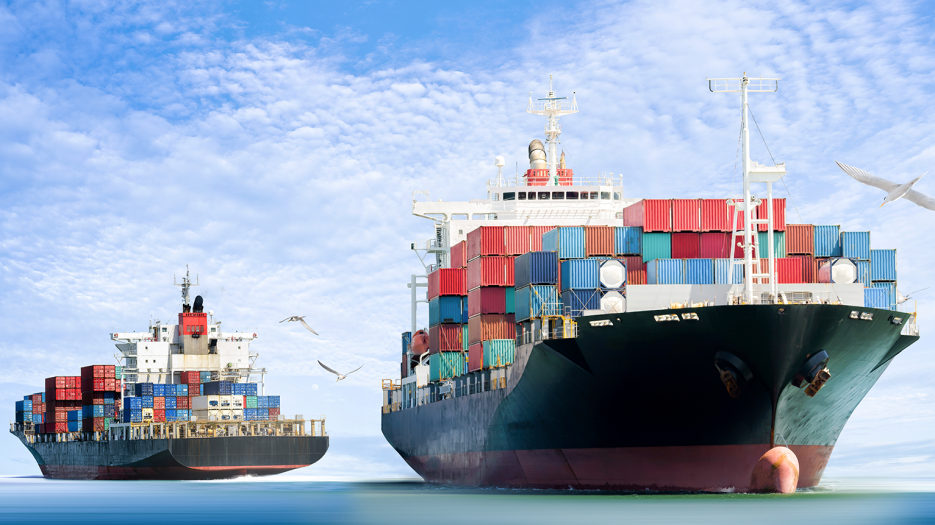
Most of us have been on an old dirt road that’s muddy, potholed and narrow, with deep gullies on both sides. But at the end of that road is a good fishing hole, the old family homeplace or maybe a beautiful old country church. The ride to get there may be bumpy, but it’s worth it to get to our destination.
All of America’s farmers and ranchers are on a bumpy road these days. Farm income on average is about half of what it was five years ago. And now things could get worse because of the very real threat of tariff retaliation by one of our biggest trading partners, China. In response to the steel and aluminum tariffs that the Trump administration put in place, which took effect on March 23, China announced a proposal to hit U.S. products with tariffs of its own. U.S. pork exports would be hardest hit, with a new tariff of 25 percent. Our wine, fruit and nut exports would face a 15 percent tariff. It was a relief to see soybeans left off the retaliation list—for now. Soybeans are our No. 1 ag export to China, with a value of about $12.4 billion; they make up 63 percent of our ag exports to that country in 2017. But pork comes in at No. 5, with about $660 million worth of exports to China. China’s retaliatory tariffs aren’t in place yet, but just the mere threat of retaliation can throw our commodity markets off into the ditch.
“If U.S. agricultural exports go down, the pain will be felt by shippers, food manufacturers and thousands of employees who work in those sectors.”
It’s not only farmers and ranchers who will be affected. If U.S. agricultural exports go down, the pain will be felt by shippers, food manufacturers and thousands of employees who work in those sectors. In fact, it is forecast that the 26,000 steel and aluminum jobs saved will be outnumbered by the 31,500 ag-related jobs lost (out of a total of 495,000 jobs our economy could lose overall). The price could be even steeper if China chooses to hit our soybean market. I don’t think that will happen—China needs to import a lot of soybeans to feed its chickens and pigs. China decided, decades ago, to use its arable land to grow grains for human consumption and prevent future famine. As a result, it is very dependent on the U.S. and other countries for its supply of soybeans for feed. But that doesn’t mean this “trade war” couldn’t escalate to the point where China feels pushed to hit us even harder.
It’s scary to be on this road. We don’t yet know how deep the potholes will be. We’re not even sure what the destination will look like. It is frustrating to see a sector where the U.S. actually has a trade surplus of more than $17 billion threatened by tough talk and threats toward some of our most important trade partners. But administration officials, from the President on down, have assured us that American agriculture will come out on the other side of these trade disputes and negotiations better than we were before. We are hearing of talks between U.S. and China officials and we’re hopeful for a resolution. We’ll have to wait and see if the destination is worth the bumpy ride. Meanwhile, we’re buckled up, but we’re also honking our horn. We’re letting the administration know that the trade rhetoric and actions will take a toll on American agriculture—and it comes at a tough time for our industry.
Most American farmers and ranchers are thankful for what this President is doing to reduce federal regulations and taxes, and begin to rebuild our infrastructure. The bumpy road toward better trade relationships makes us nervous, but we have reason to believe that this President will keep his promises to rural America.
Zippy Duvall
President
Vincent “Zippy” Duvall, a poultry, cattle and hay producer from Greene County, Georgia, is the 12th president of the American Farm Bureau Federation. You can follow him on Twitter @ZippyDuvall.




